Table of Contents
You know how the story goes, if you want to become a better climber or boulderer you should go climbing or bouldering more. But what if you have a busy office job and spend more time at the desk than you actually like? Is there a way to use grip training tools to at least traing SOME grip strength? Or are these devices just decoy and won’t help? I investigated a bit, and tried to find out as much as possible. I also reviewed the popular grip trainers for this post, so read on if you want to find out!
Are Climbing Grip Trainers actually any good for climbers and boulderers? Yes grip trainers can improve your grip strength even when working a desk based job. Keep in mind, they won’t replace a real climbing training, but they are certainly better than not working on grip strength at all.
Why Some Muscle Groups might Actually Benefit From Additional Grip Training
When you climb or boulder you use flexor tendons and forearm and hand muscles. In the picture you can see the muscles in green and the extensors in red. The extensors are red, because when you climb they are usually not used a lot and become neglected. That neglection can lead to imbalances and limit how much strength you have when climbing. Grip extensor traners like the PowerFingers tool work these under used extensors. while other training devices like the Black Diamond Grip trainer help with base conditioning and injury recovery.
If possible, you should try to climb more or use a hangboard to work on your grip strength. Portable hangboards work really good when you are abroad or travelling. But if you cannot do this, a grip trainer might be the only option you have. It’s safe to state that most grip trainers that exist are more or less useless, they’re just too monotonous to have a real effect, and they offer no overload or progression. But there are some devices that were made especially for climbers. These can be good substitute if you have no opportunity to get some real climbing in.
How most Grip Trainers work
Grip trainers mostly work by letting the person training squeeze somehting with their forearms. This way they put emphasis on the positive motion of the forearm, while real climbing involves more isometric exertion, as the forearms typically contract to hold your body weight.
Squeezers
Most grip trainers involve high resistance training, they are usually better for forearm conditioning or regaining strength when you had an injury. But there are other grip trainers too, which work the forearm extensors.
Extensor Trainers
As climbing underuses arm extensor muscles, devices that train these muscles are a nice support for any climbing training. It might be a smart move to work on muscle groups that are typically underdeveloped when training climbing when you have no option to go climbing for real. Attacking a weakness is always a smart move! Most climbers have weak extensors, which results in elbow injuries and pain as well as biceps tendonitis, carpal tunnel syndrom and some hand and tendon puleyi njuries. If you train your extensors with high resistance training, you will also become better at isometric holds!
Grip Trainer versus Hangboard Training
If you train on a hangboard, your training is very climbing specific. You actually engage all the tiny muscles in your forearm and fingers that you would engage when you were climbing for real. A grip trainer, both squeezing and extending works in a different way. It doesn’t mimic climbing or bouldering, and it can be used for any activity that profits from grip strength.
A Cheap Alternative to Climbing Grip Trainers If You Want to Train Pinch Grip Strength
If you want to grain your grip strength for pinch holds, you can just buy a 2×4 wooden board and get some static rope. Than connect a small carabiner with rope and a heavy backpack of 40 to 50 lbs to it. Now try holding and walking around with a pinch grip on the board – it will be really hard to hold the board above ground and it’s a super simple training method for pinching grips.
A Simple Martial Arts Alternative to Grip Trainers: Rice-Bucket Training
Rice bucket training is an awesome technique that you might know from some cheesy 80s martial arts movie: Dip your hands in a bucket of rice or grain and start squeezing. It’ a super intensive support training, and i’ve seen many people recommending it.
While rice bucket training is no silver bullet, it’s a good tool to build some base strength in your forearms for climbing and bouldering and recover from injuries. If you keep at it, rice bucket training will let you develop relatively well connected forearm muscles with no strong imbalances, as it leads to weaker muscles becoming stronger. While your muscles will respond fast to this form of training, it’s smart to start at a slow pace and not overdoing it in the beginning. Two or three sessions a week, 50 seconds per exercise, increasing to a minute or longer gradually. Once your forearms get used to it, the training won’t be painful anymore and that’s when you have a solid base!
6 Rice Bucket Training Exercises for Rock Climbers and Boulderers
The names for the exercises are kind of funny, but they work!
Exercise 1: Iron Fist
Stab your fingers into the rice bucket, and then make a fist. Hold the fist for 50 seconds, then take a break for 2 minutes. Repeat 3-4 Times.
Exercise 2: Screaming Talon
Stab fingers into the rice bucket, then open them wide. Close Again, Open Again, hold for 1-2 seconds. Repeat 8-10 times. Do 3 sets of 8-10.
Exercise 3: Fists of Fury
Rotate your fingers into one direction continuously for 30 seconds, then change direction for another 30 seconds. Pause for 2 minutes. Repeat 3-4 Times.
Exercise 4: Screaming Talon
Stab fingers into the rice bucket, then open them wide. Close Again, Open Again, hold for 1-2 seconds. Repeat 8-10 times. Do 3 sets of 8-10.
Exercise 5: Wax On, Wax Off
Move your hands from side to side, left to right, right to left. Repeat this motion for up to a minute. Pause 2 minutes. Repeat 3-4 times.
Exercise 6: Gouge the eye
Try digging your thumbs as deep as possible into the bucket. Repeat for 1 minute, pause 2 minutes. Repeat 3-4 times.
Exercise 7: Crush the pebble
Grab handfuls of rice with your fingers and make a motions as if you we’re squeezing the rice to dust. Repeat motion for 45 seconds, make a pause for 1-2 minutes. Repeat 3-4 times.
Grip Trainers We Reviewed
The Marcy Wedge $30: Basic conditioning. Score: 3/5
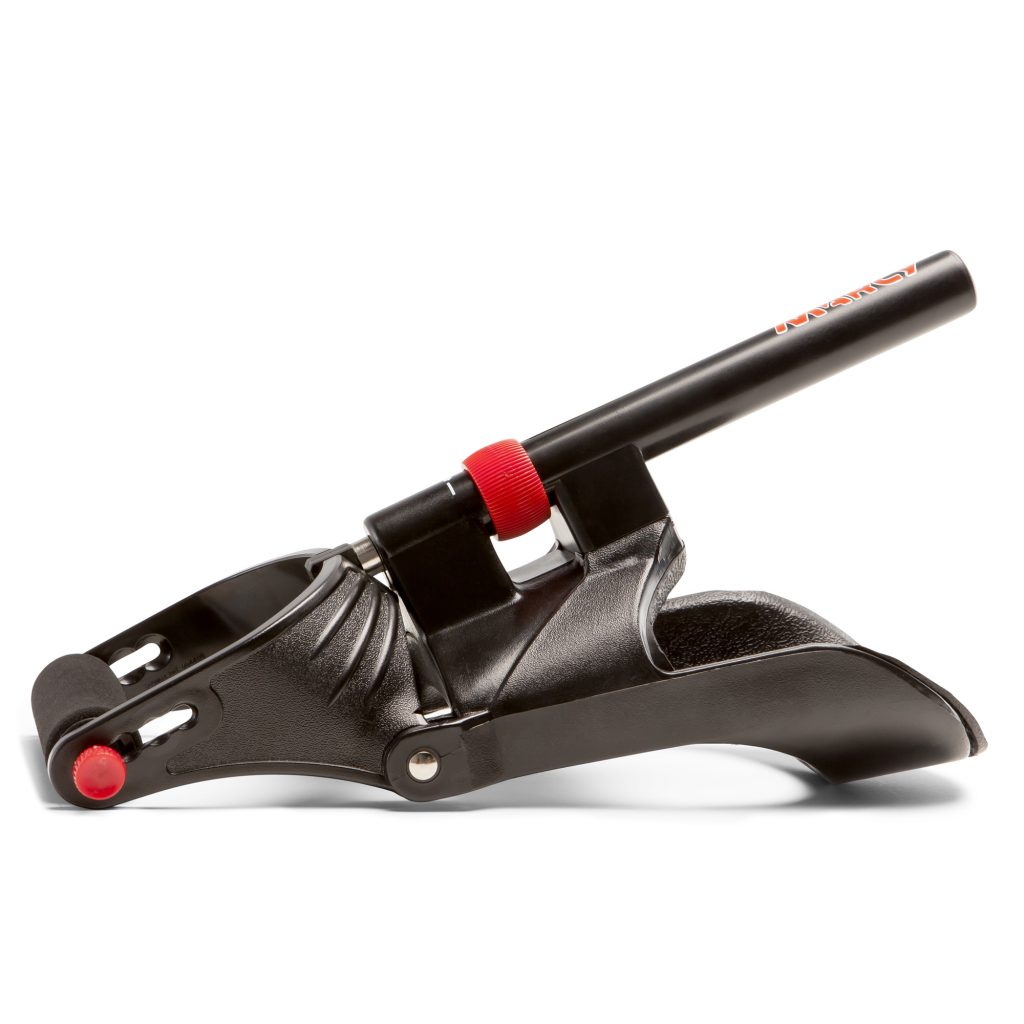
If you need a grip training device that works flexor and extensor muscles, this one is right for you. By rocking your wrist for and back your muscles are being worked. You can easily adjust the grip and resistance. But it doesn’t really allow you to build grip strength needed fr climbimg, so best use it if you need basic conditioning after an injury or need to build up a foundation.
Gripmaster $9-$14: Cheap but can mess up your hands. Score: 2/5
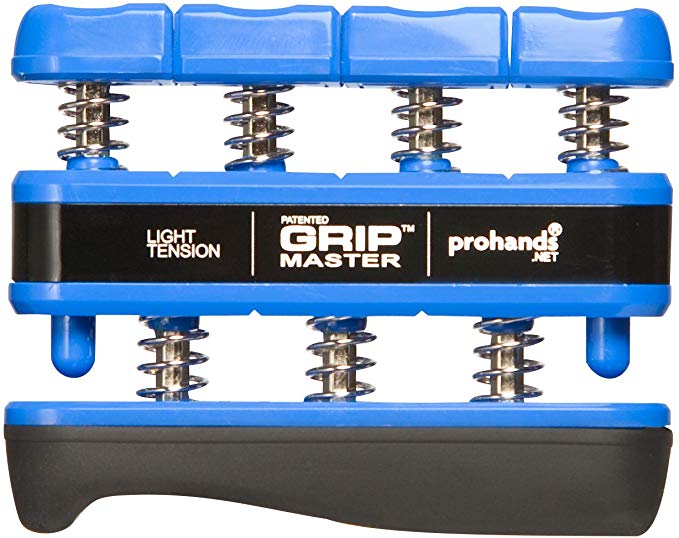
Oldschool spring loaded grip exercises. You can target individual fingers, and there are three different models with different levels of resistance. There exist some routines that are specific training for climbers, which is nice, but overall this device is more a rehab and conditioning device. It’s good if you need to work isolated fingers.
Word of caution: Be careful with training intensity, as there have been reports of people injuring themselves using the Gripmaster!
Captains of Crush Grippers, aka “CoC” $70 for a set of three, $110 for a set of five: Expensive and not great for climbers. Score: 4/5
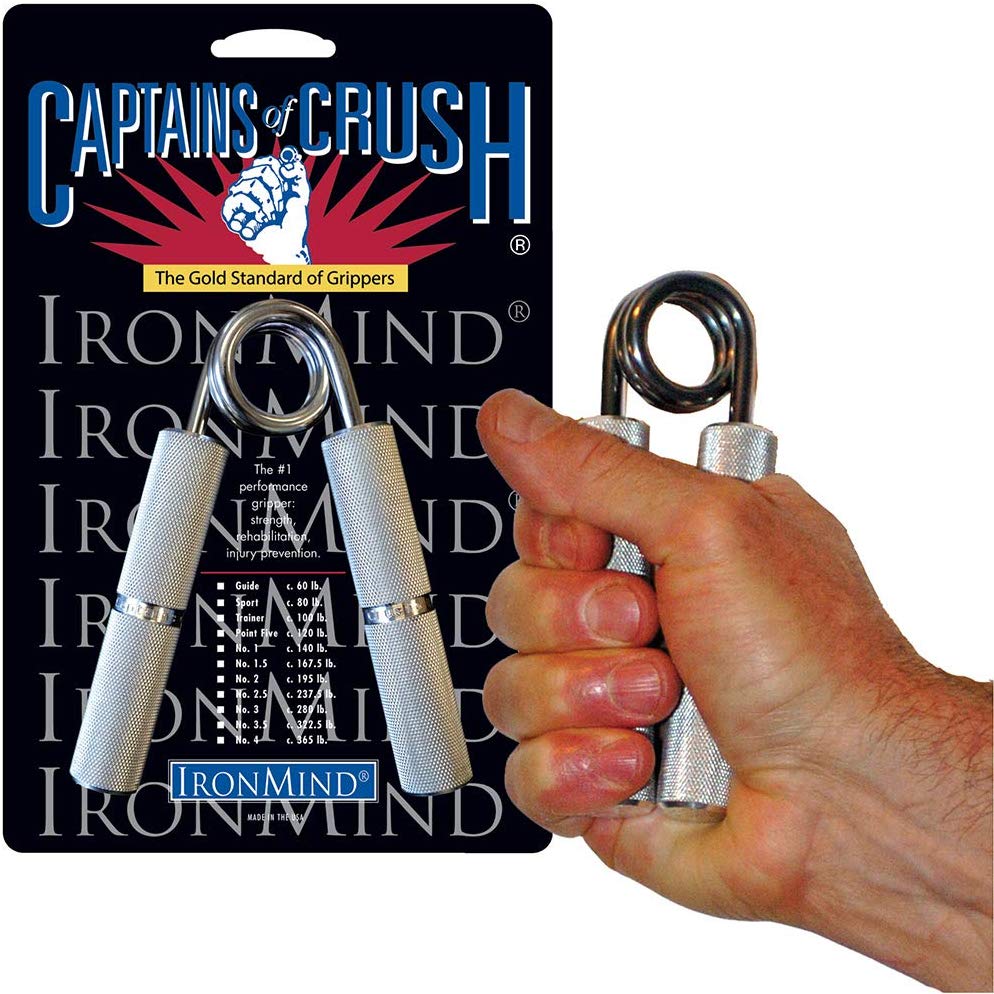
These torson spring grip trainers are for serious strengthening. They are very popular in the weight lifting community, and they come in ridicolously strong levels if you want. There is a book published by the company that has a lot of details about exercises, and it will tell you many different styles of exercises. Unfortunately none of the exercises are specific for climbers. If you want, use them in combintaion with bouldering and campus board training to involve some squeezing training. But don#t expect them to work wonders for your climbing grip strength!
The PowerFingers $30: Good tool to train antagonist muscles. Score: 4.5/5
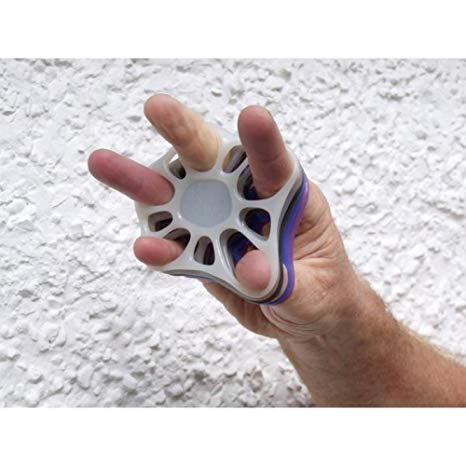
Powerfingers are a device to train forearm extensors. They work by training individual finger loops, and offer five different levels of resistance. That makes them perfect if you need fine control about the level of resistance for your workout.
Like most other grip trainers, you can use them to work out muscular imbalances, do base conditioning and work on injury rehabilitation or prevention. But in contrast to some others, these actually work very well for strengthening. While other grip trainers usually don’t let you address individual fingers, these allow to train individual fingers. And they also let you train fingers with high levels of resistance, making them perfect for strength building!
It’s important to keep in mind, that you need to work on opposition strength of muscles. Antagonist muscles need to be developed to let you access your muscles full potential. And Powerfingers let you train these antagonist muscles. Do three sessions per week, and include training on rest days, where you don’t climb anyway. Then hold contractions of the exercises for 3-4 seconds, doing sets of 10 to 15 repetitions, with 4-6 sets of each exercise. Many climbers reported to have good increase of finger strength after using Powerfingers for a while, while also reporting less frequent injuries. That’s why I think these are a great addition to any climbing training regime. If you need more tips about climbing training, read my other article about training systems. You can find it here.
Black Diamond Forearm Trainer $5-10: A good cheap basic trainer 4.5/5
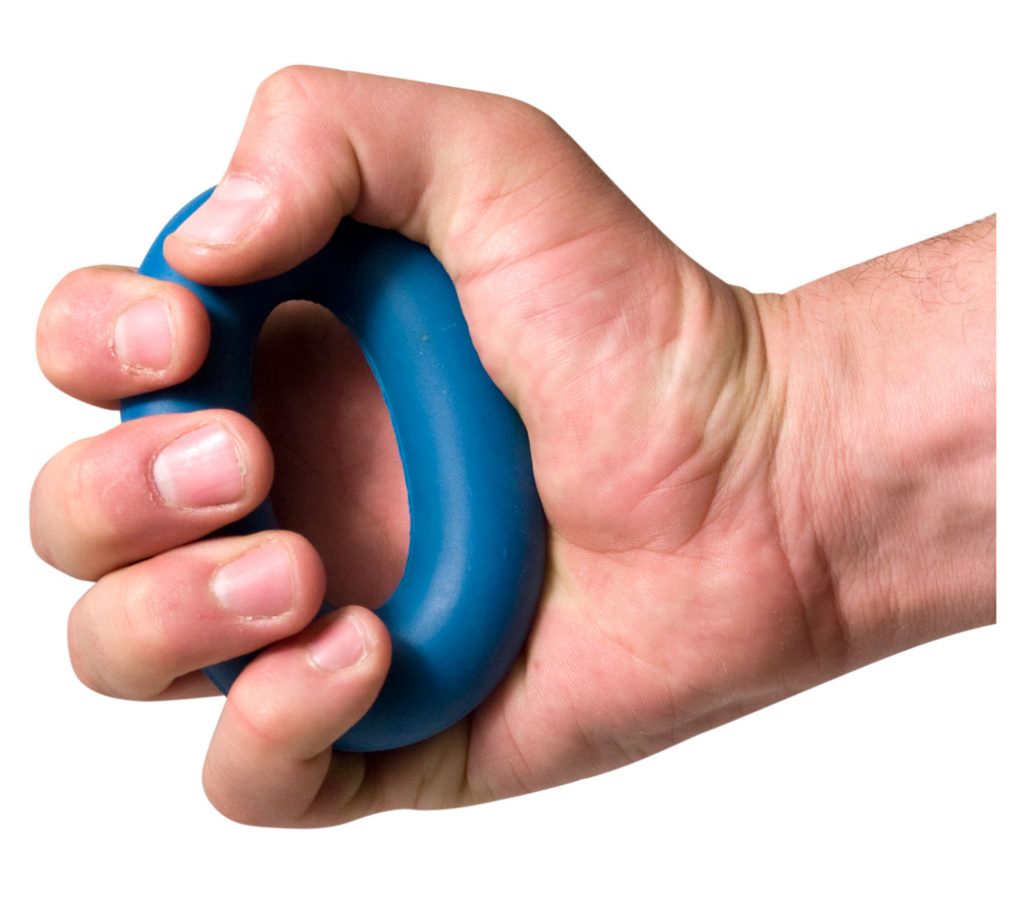
These are a simple device: You squeeze a rubber ring. While they are a simple design, they actually work surprisingly well. And they are cheap. You can use them on long drives or at work, basically anywhere if you’re not climbing. And these will give you forearm pump, like climbing does.
You can also use them to work on sore finger tendons and warming up hands and forearms. Plus they’re a great tool to work off stress at work.
Metolious Climbing Grip Saver plus $15-30: Expect no wonders of this grip trainer. Score: 4/5
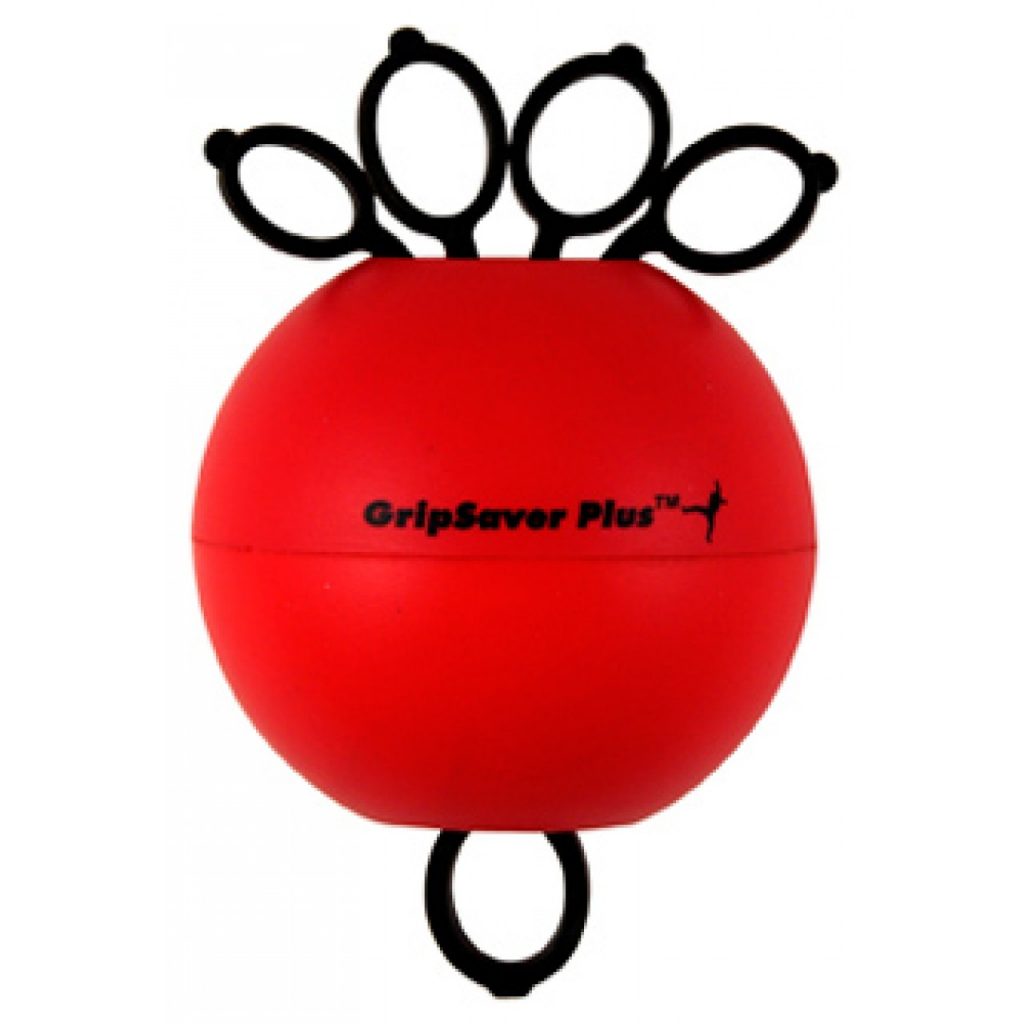
Metolious Grip Saver was developed by a Doctor. While they don’t do any wonders for strength building, they are a good tool for prevention and rehabilitation. They come in 3 levels of resistance, and start at $15.
You can also use them to train antagoist muscles and working off pump and residual soreness in your forearm.
The Gripster $55: Expensive but good. Score: 5/5
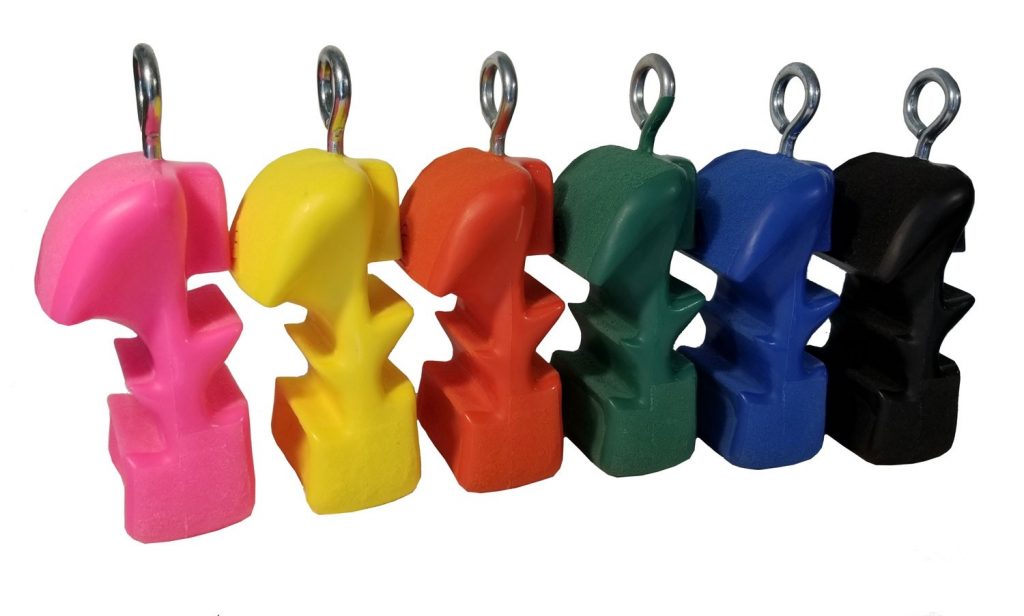
The Gripster is expensive, but it’s a great tool to train No Hangs. No Hangs are a great exercise where you lift a weight up from the ground. It’s awesome to isolate fingers and works just as good as hangboard training, but without the overhead arm stress of hangboards. It’s way better for your shoulders that way.
The Gripsters is a device made especially for this kind of training. You can use it to work on injury prevention and it allows to rotate your shoulders too.
Conclusion
Climbing grip trainers can be a good extension to your normal climbing training. Whenever you have some time, squeeze in (pun intended) some finger strength exercises. But keep in mind, that climbing grip trainers won’t replace a real climbing trainer!
More reviews:
